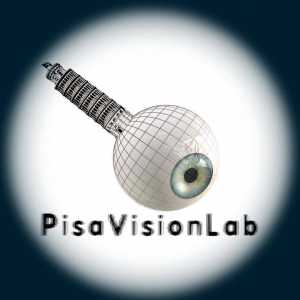Neon color spreading in dynamic displays: Temporal factors, Journal of Vision (13):12,2.
When a red star is placed in the middle of an Ehrenstein figure so as to be collinear with the surrounding black rays, a reddish veil is perceived to fill the white center. This is called neon color spreading. To better understand the processes that give rise to this phenomenon, we studied the temporal properties of the effect. Specifically, we presented a “sustained” black Ehrenstein figure (rays) for 600 ms and a “transient” red star for 48 ms, or the converse pattern, at various stimulus onset asynchronies (?100–700 ms) and asked subjects to compare the strength of the neon color in the test stimulus to that of a reference pattern in which the transient star had an onset asynchrony of 300 ms. Additional exposure durations of 24 and 96 ms were used for each transient stimulus in order to study the effect of temporal integration. Simultaneity of the on- and off-transients of the star and the Ehrenstein rays were found to optimize neon color spreading, especially when both stimuli terminated together. Longer exposure durations of the transient stimulus up to 96 ms further improved the effect. Neon color spreading was much reduced when the transient stimulus was presented soon after the beginning of the sustained stimulus, with a gradual build-up towards the end. These results emphasize the importance of stimulus onset asynchrony (SOA) and stimulus termination asynchrony (STA) for the perception of neon color spreading.
